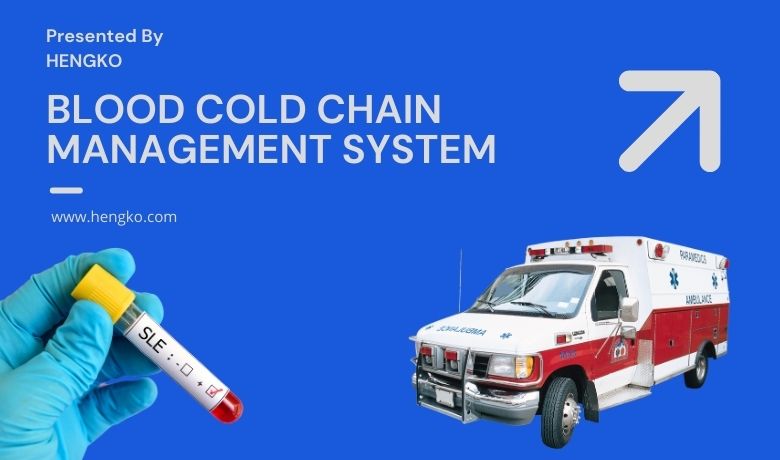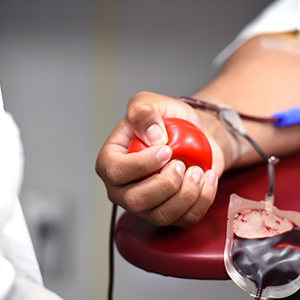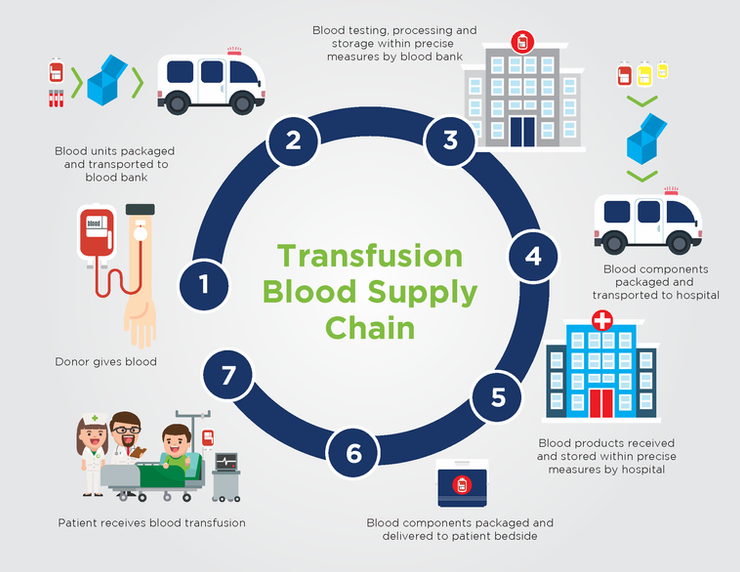How to Ensure Normal Operation of Blood Cold Chain Management System
World Blood Donor Day takes place on 14 June each year. For 2021, the World Blood Donor Day slogan will be “Give blood and keep the world beating”. The aim is to raise global awareness of the need for safe blood and blood products for transfusion and of the critical contribution voluntary, unpaid blood donors make to national health systems. The day also provides an opportunity to call to action to governments and national health authorities to provide adequate resources and put into place systems and infrastructures to increase the collection of blood from voluntary, non-remunerated blood donors.
Ensuring the normal operation of blood cold chain management systems is crucial to maintaining the quality and safety of blood products. A well-maintained cold chain system helps to prevent the degradation of blood products and minimizes the risk of bacterial growth, which can cause harm to patients.
To ensure normal operation of the blood cold chain management system, the following steps should be taken:
1. Regular Maintenance
Regular maintenance is essential to ensure the proper functioning of the cold chain system. This includes cleaning, inspecting, and testing the equipment on a regular basis. Any damaged or faulty equipment should be repaired or replaced immediately to prevent any disruption to the cold chain.
2. Temperature Monitoring
Temperature monitoring is critical to maintaining the integrity of blood products. The temperature of the storage units should be monitored continuously using data loggers or remote monitoring systems. Any deviations from the recommended temperature range should be immediately reported, and corrective action should be taken.
3. Proper Handling
Proper handling of blood products is essential to maintaining the cold chain. All staff should be trained on the proper handling procedures for different blood products. This includes handling, storage, and transportation of blood products.
4. Record Keeping
Accurate record keeping is essential to ensuring the safety and quality of blood products. Records should be maintained for temperature monitoring, maintenance, and handling procedures. These records should be easily accessible and kept up-to-date.
In conclusion, ensuring the normal operation of blood cold chain management systems is crucial to maintaining the safety and quality of blood products. Regular maintenance, temperature monitoring, proper handling, and accurate record keeping are essential to maintaining the cold chain. By following these steps, blood banks and healthcare facilities can ensure the safety and efficacy of blood products for patients.
Red blood cell components must be kept at a temperature of +2°C to +6°C during transportation. In the absence of refrigerated containers, ice packs should be placed above the blood bags. Ice should not be allowed to come into direct contact with the blood as the red cells in contact with ice may freeze and get hemolyzed. Platelets are transported at +20°C to +24°C and plasma at -18°C or below, or else there should be enough ice packs in the cold box to keep it in frozen state while transporting, to retain labile clotting factors.
HENGKO blood cold chain management system ensure safe storage of biological products such as frozen blood, blood products, test samples, etc. It can be used in Blood donation cart, Blood donation center, Blood banking, Pharmaceutical companies, CDC, Refrigerator in the blood center and so on. This system adopts the wireless communication technology of 4G module of three networks and the independently developed communication protocol between hardware and cloud platform, which can realize the unlimited distance data transmission between the monitoring terminal and the transmission terminal, and can support the independent operation and use under the condition of no power and no network. It have advantage of excellent performance, Low power consumption, Large-scale networking, etc. The cloud platform can send alarm information via message, e-mail, APP inform and WeChat Mini Program inform.
HENGKO blood cold chain management system can solve the large workload of manual monitoring of personnel, which brings a greater burden to the management of blood stations; cold chain equipment is scattered, diverse, and large in number, and cannot be systematically managed; temperature and humidity monitoring cannot be performed in time. Lead to problems such as blood "deterioration" and scrapping. Blood transfusion safety has always been a key concern. The blood cold chain monitoring system is to ensure the safety and effectiveness of blood from donors to transfusions, guarantee blood quality, reduce blood rejection rate, save lives, and let the world continue to beat.
To ensure the safety and quality of blood products, it is essential to maintain a well-functioning cold chain management system.
Blood banks and healthcare facilities can help to prevent the degradation of blood products and minimize the risk of harm to patients.
Don't wait - ensure the normal operation of your blood cold chain management system today! Contact HENGKO by email ka@hengko.com
we will send asap with best temperature and humidity sensor solution for the blood cold chain management system.
Post time: Aug-04-2021








